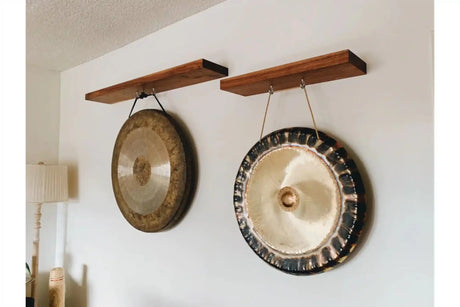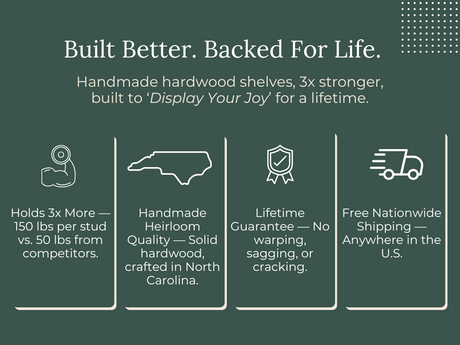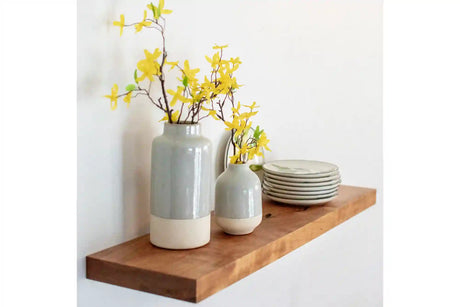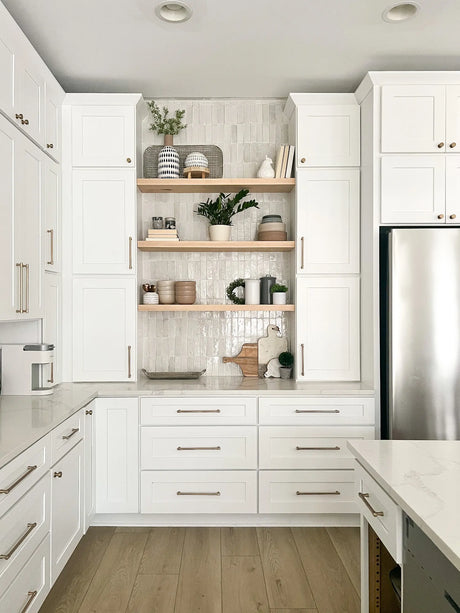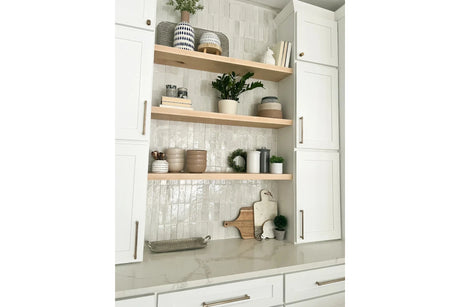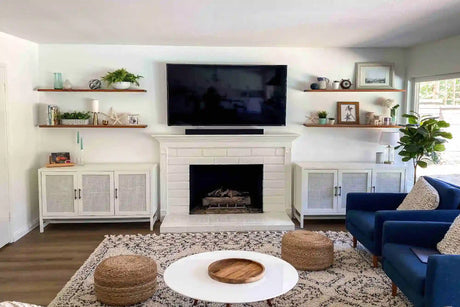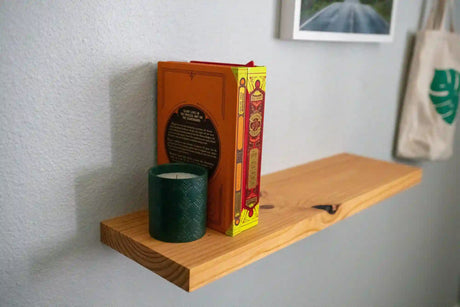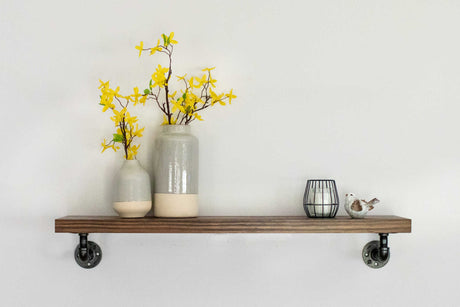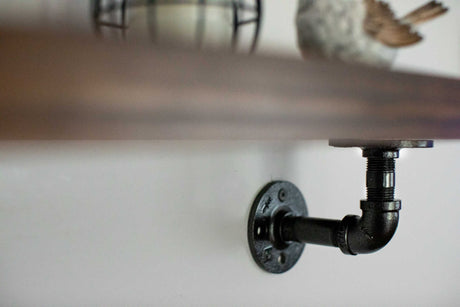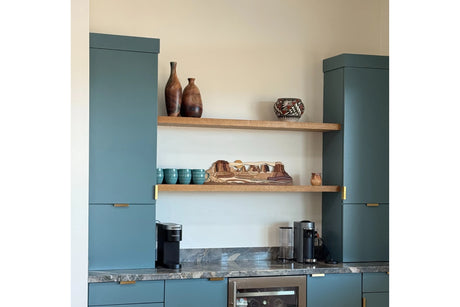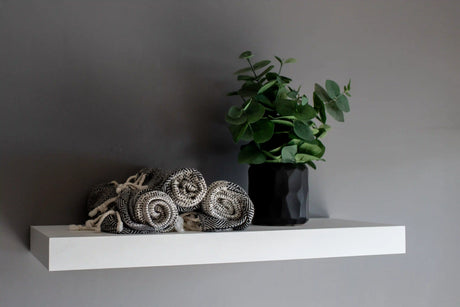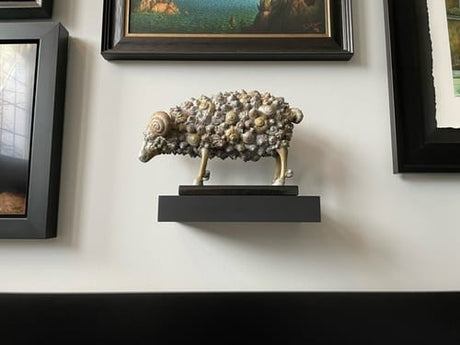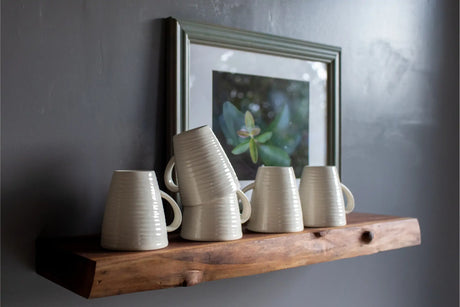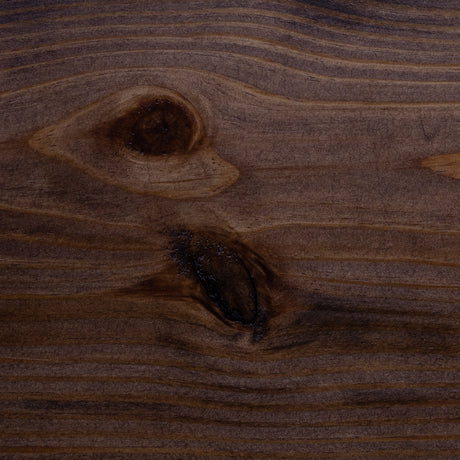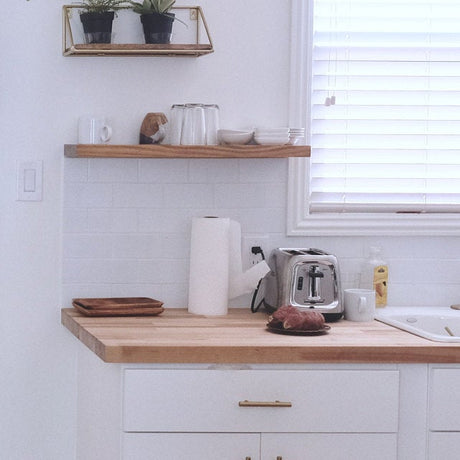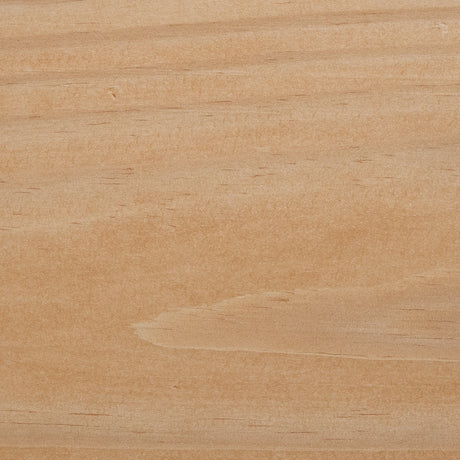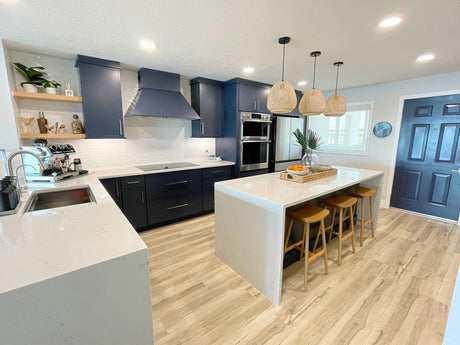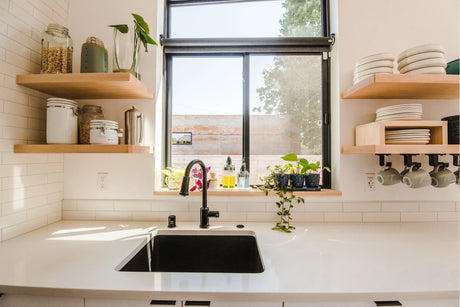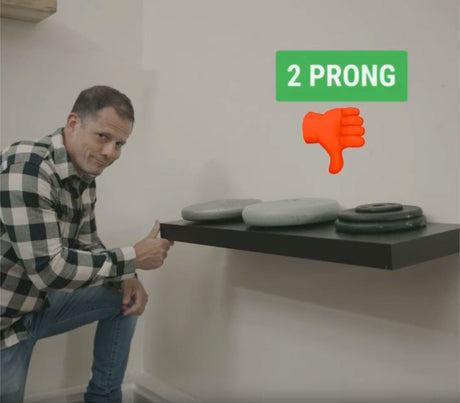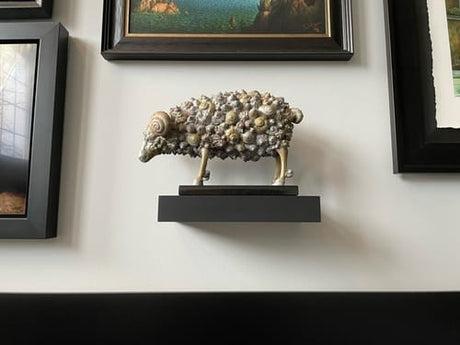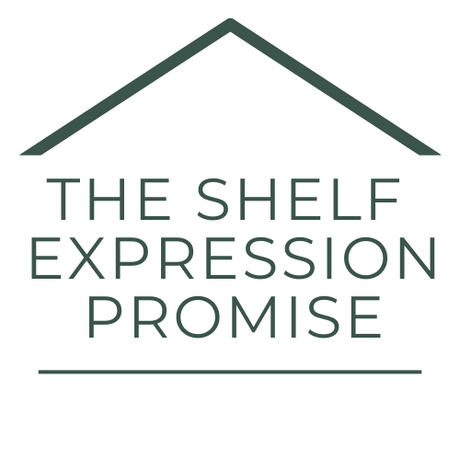Regardless of the size of a home, space is always an important consideration. This is especially true for homeowners who like to collect and store items that, over time, will take up more and more space. A practical solution for maximizing space and controlling clutter is installing floating shelves.
Floating shelves are not only functional but also aesthetically pleasing, and they save space. They are the best solution for freeing up floor space that a bulky bookshelf is likely to occupy. Floating open shelves also help put an otherwise empty wall space to good use. Display your best memories with floating picture shelves and use up your valuable wall space!
Floating Picture Shelf Ideas
A picture frame must not be hung or nailed to the wall. With a floating picture shelf, picture frames can readily be displayed where they can be viewed without obstructions. If you choose open shelves, picture frames can be easily moved around and re-arranged to suit a design or layout that you want to achieve.
When using floating picture shelves, try to experiment with different frame sizes. Different textures and colors can work together, but if you want to play it safe, use monochromatic tones and similar materials.
Make use of other elements to create visual interest on floating shelves. Do not crowd picture frames on the surface, and ensure the images can be seen. Add additional items, such as small plants, vases, figurines, and decorative boxes.
Creating A Picture Wall With Floating Shelves
A picture wall is a great way to store and display memories. But if you want more flexibility in terms of the elements and materials you can use, try floating shelves instead of just hanging picture frames and artwork. With floating shelves, you can display various items along with photo frames. If you are the type who likes to collect souvenirs and a variety of knick-knacks, floating picture shelves are the perfect space-saving solution.
Floating shelves come in various hues if you have a preferred color or want the shelves to match a color scheme. You could also paint them or use more flexible materials such as metal or alloy. Neutral shades also work well for a variety of picture frames and items. White oak shelves, brown shelving, or black shelving will match most picture frames.
Places In Your Home To Install Floating Picture Ledge Shelves
Floating shelves are pretty flexible and can be installed in various areas around the home. Floating kitchen shelves work well for kitchens where you want to free up space on the floor or at the counter level but have enough space on the walls. Floating bathroom shelves are also a good idea for bathroom areas that have limited space but have enough room on the wall.
Even in kitchens, bathrooms, and bedrooms with enough space, floating shelves offer an excellent solution for controlling clutter. If you have enough space on the walls and want to maximize usable area in your rooms, try installing floating shelves for a neat look.
How High Should Floating Pictures Shelves Be?
Ideally, floating shelves should be accessible or easy to reach, so installing them at the height of 4 or 5 feet (or at eye level, depending on your height) measured from the floor should be a good position for the bottom floating shelf. As for the distance between one shelf to another, consider a height of about a foot or 12 inches. This should allow enough space between shelves to accommodate most photo frames, souvenirs, and other items.
Of course, the distance between shelves will depend on the height of the tallest item you want to display. Measure the item, then add 2 or 3 inches of extra space when installing the shelves.
How To Secure Pictures On Floating Shelves
Floating shelves are so-named because they appear to "float" against the wall. Each shelf is supported by brackets secured to the wall with screws. Install the shelves on wall studs to ensure a firmer grip and more solid weight support. If the shelves are mounted to drywall, you must install drywall anchors to provide extra support and increase weight capacity.
Be careful when drilling holes into walls. Locate the studs to ensure that you will drill through solid material, not just a hollow wall. It is also a good idea to locate the part of the wall where electrical cables and pipes run so you can avoid damaging them.
If unsure, consult your house plan or ask a professional for assistance. Ideally, floating shelves should be accessible or easy to reach, so installing them at the height of 4 or 5 feet (or at eye level, depending on your height) measured from the floor should be a good position for the bottom floating shelf. As for the distance between one shelf to another, consider a height of about a foot or 12 inches. This should allow enough space between shelves to accommodate most photo frames, souvenirs, and other items.
To Wrap It Up
There is no need to sacrifice aesthetics when you want to de-clutter your home. Floating shelves are the practical and convenient solution you want where space is a problem. Don't be afraid to try out different decorating ideas and styles.
Floating shelves are pretty flexible and affordable and can be added when necessary. You never have to worry about creating extra space when you cannot use more traditional shelving options with floating shelves. They are readily available, easy to install and maintain, and can be a quick DIY project for the weekend.


